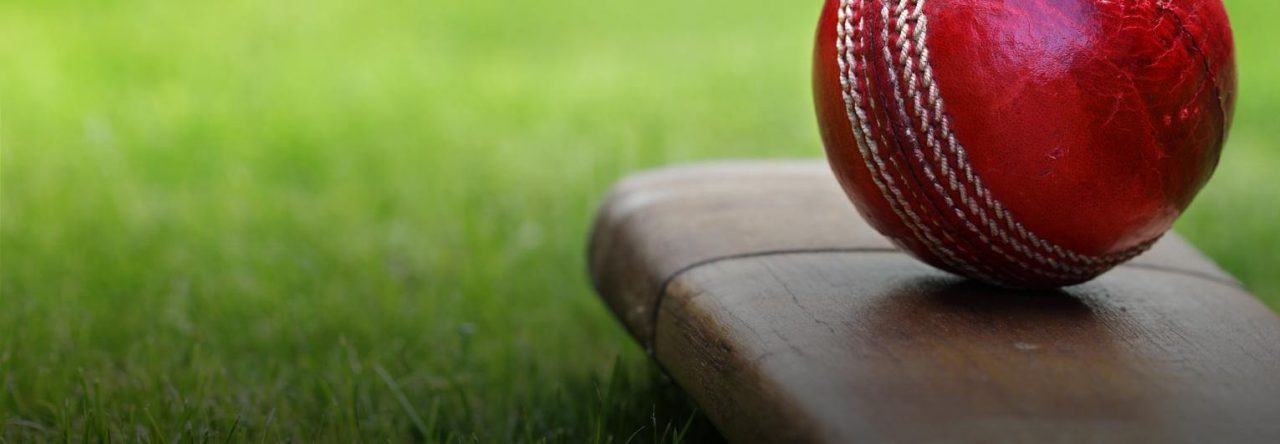Macular degeneration occurs when part of the retina deteriorates. This is the leading cause of vision loss and blindness among older Americans. For this reason, it is also called age-related macular degeneration or AMD.
There are two types of AMD: dry (non-neovascular) and wet (neovascular). The dry version will sometimes turn into a more serious wet condition. Neovascular refers to a condition in which new blood vessels grow in a place where they shouldn't. If you are also affected by the use of Elmiron and want legal advice, you may search on google about the best Missouri Elmiron Vision Loss Lawsuits.
It's all about macular
Both types of AMD affect the macular yellow oval disc near the center of the retina. The macular yellow color comes from pigments that are important for protecting and maintaining vision and filtering blue light, which further damages the visual spectrum. As we aged, this pigmentation began to move and the macular began to lose its protective force. Vision loss is slow and painless, but for patients, it occurs when daily tasks like reading and driving are more difficult.
With dry AMD, the network around the macula begins to wear out because the pigmentation deteriorates, sometimes leaving a small deposit on the macula. Patients can see blind spots in their central vision.
About ten percent of the dry cases developed wet, where new blood vessels began to grow under the retina to create new networks to transport more nutrients and oxygen there. However, this is counterproductive because new ships lose blood and fluid, causing more damage.
Prevention and treatment of AMD
There is no cure for AMD, but researchers recently identified new mid- and late-stage care through two studies of age-related eye diseases (ALDS). These studies found that getting more of certain nutrients can delay conditions in the middle and later stages and can provide protection for people.
